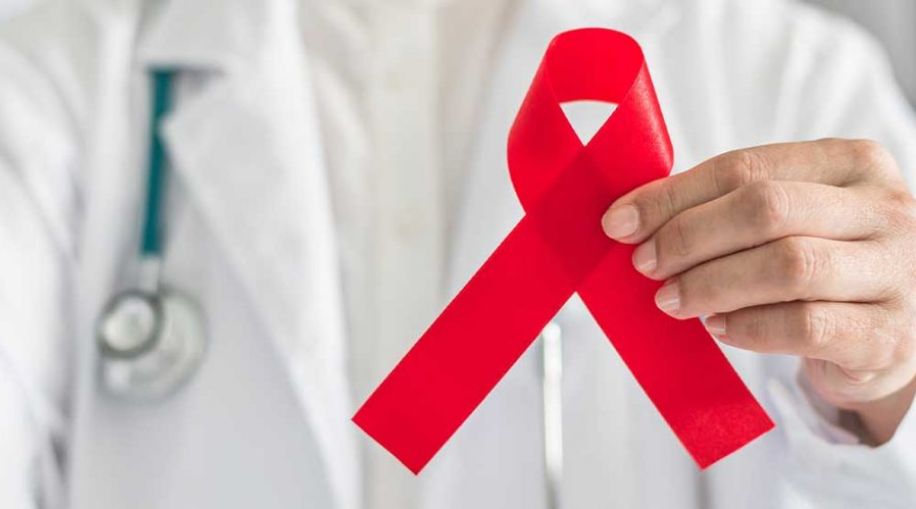Top Hemophilia Treatment Options
Hemophilia is a bleeding disorder, that is usually inherited, where the blood does not clot properly. People who have hemophilia have low levels of proteins, called clotting factors (factor VIII or factor IX) that help stop bleeding. This clotting factor deficiency can lead to bleeding after injuries or surgery, and may even cause spontaneous bleeding. The severity of hemophilia is determined by the amount of clotting factor in the blood, with lower clotting factor usually causing more severe issues. In this article, we will take a look at the symptoms of this condition, but we will also thoroughly cover hemophilia treatment options.
Rarely, hemophilia can develop later in life with most of these cases involving middle-aged or elderly people, or women who are in the later stages of pregnancy or who have given birth recently. In these cases, the condition resolves with appropriate treatment.
There are numerous types of hemophilia, with hemophilia A, also known as classic hemophilia, involving a deficiency of clotting factor VIII, and hemophilia B, also known as Christmas disease, which involves a deficiency of clotting factor IX being the two most common types.
Symptoms of Hemophilia
Signs and symptoms of hemophilia vary and can include:
- Excessive bleeding after cuts, injuries, surgeries, or dental work.
- Bleeding into the joints, most commonly the elbows, knees and ankles, may lead to pain, stiffness and swelling of the joints.
- Bleeding into the skin, soft tissues, or muscles, may cause a build-up of blood in the area to form a hematoma.
- Mouth and gum bleeding.
- Bleeding after having vaccinations.
- Blood in the stool or urine.
- Frequent nosebleeds that are difficult to stop.
- Bleeding in an infant’s head after delivery.
- Unexplained irritability (in infants).
In individuals with severe hemophilia, a bump to the head can result in bleeding into the brain. While this rarely happens, it is one of the most serious complications of this disorder. Signs and symptoms of bleeding into the brain include:
- Prolonged, painful headache.
- Vomiting.
- Lethargy.
- Double vision.
- Weakness or clumsiness that comes on suddenly.
- Seizures or convulsions.
Diagnosis of Hemophilia
If there is a family history of hemophilia, testing can be done during pregnancy to determine if the fetus has hemophilia. However, this type of testing does carry some risks for the fetus so it is best to discuss the benefits and risks of testing with your doctor before proceeding with the testing.
To diagnose hemophilia in children and adults, blood tests will be ordered to see if the blood is properly clotting. If these tests come back abnormal, factor assays will be ordered to determine the cause of the clotting disorder. These tests show the type and severity of hemophilia.
Severe Hemophilia is usually diagnosed during the first year of life, while milder cases may not be diagnosed until adulthood.
Treatment Options for Hemophilia
The main treatment for hemophilia involves specific clotting factor replacement. This type of therapy can be given to help stop a current episode of bleeding and can also be used regularly at home as a preventative treatment. Some individuals receive continuous clotting factor replacement therapy to control their condition. The replacement clotting factor therapy is made from donated blood. A similar type of therapy, known as recombinant clotting factor therapy, is manufactured in a lab rather than derived from donated blood.
Other treatment options for hemophilia include:
- Desmopressin. This medication can be administered via injection or through a nasal spray. It is a hormone that can stimulate the body to release more clotting factor
- Clot-preserving medications. This medication helps to prevent clots from breaking down in the body.
- Fibrin sealants. This type of medication can be applied to wounds to encourage clotting.
- Applied pressure. This can be done with an ice pack and the application of a bandage for minor cuts can help to slow down the bleeding.
- Physical therapy. If you have damaged joints from internal bleeding, physical therapy can help to improve the joint range of motion and the strength of the muscles that support the joints.
- Immunization. Even though clotting factor blood products are screened, it is still possible to contract diseases after receiving therapy, therefore hepatitis A and B immunizations are recommended for people with hemophilia.
Lifestyle Changes
There are also lifestyle changes you can make to minimize the risk of excessive bleeding and joint injury, including:
- Stay active. Activities that do not stress the joints too much, including swimming, walking and cycling, can help to keep your muscles strong and joints moving well. Contact sports, such as football and rugby, should be avoided if you have hemophilia.
- Don’t use certain pain medications. Pain medications including aspirin and ibuprofen can aggravate bleeding; use acetaminophen instead for pain relief.
- Don’t use blood thinners. Medications to prevent blood clotting should be avoided if you have hemophilia.
- Take care of your oral health. Brushing and flossing every day combined with regular dental check-ups can help prevent the need for tooth extraction.
- Protect your body. The use of helmets, knee and elbow pads can help prevent injuries that may lead to excessive bleeding.
- Invest in a medical alert bracelet or necklace. This will let emergency responders know that you have hemophilia and what type of clotting factor is needed in case of an emergency.
- Inform people of your condition. If you or your child has hemophilia, it is important to let those around you, such as babysitters, teachers, coaches and co-workers, know.
In Conclusion
Hemophilia is a rare condition in which the blood is unable to clot properly. The good news is that hemophilia treatment has made great strides and most individuals with this disease lead normal, healthy lives with appropriate treatment.
Take a look at the best foods for blood circulation.

